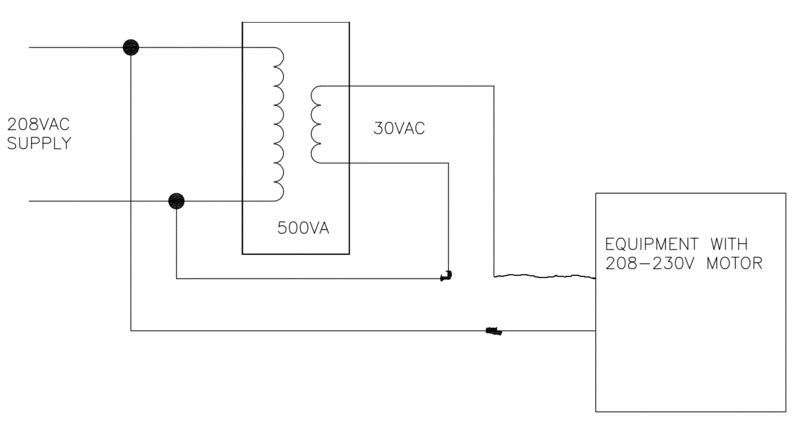thekman
Electrical
- Sep 3, 2009
- 90
I was informed of an installation of a gate operator installation where the installers had run 10AWG wires a little over 1000' to supply a 208-230v singlephase motor. Due to the voltage drop, they installed 500VA buck transformers at the operators to get 30v or so and ran the transformer output in parallel with the supply wires, adding the voltage, compensating for the drop when the motor needed current. Is this a common practice? Is it a good or bad idea? Apparently it was more cost effective than using larger wires.

